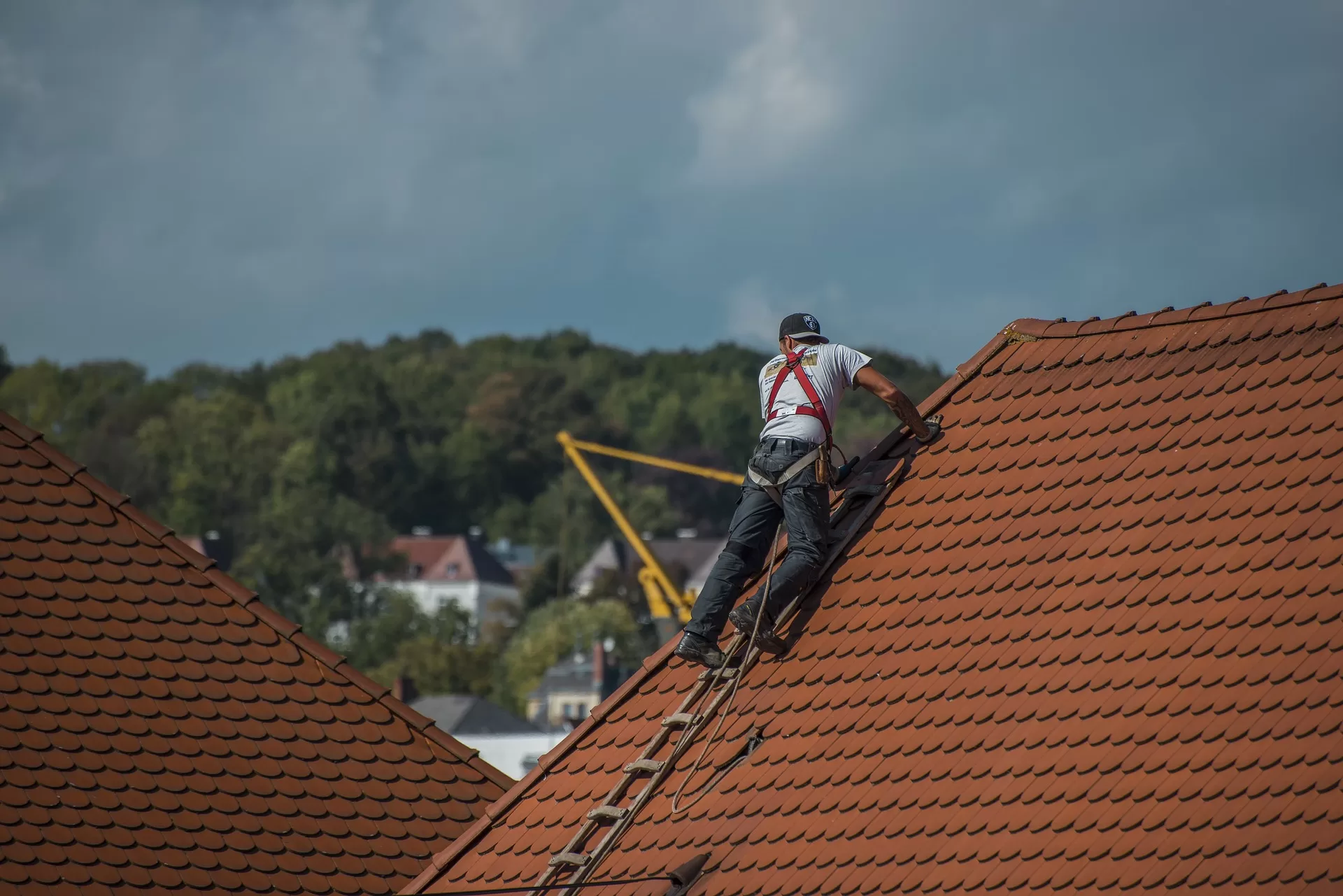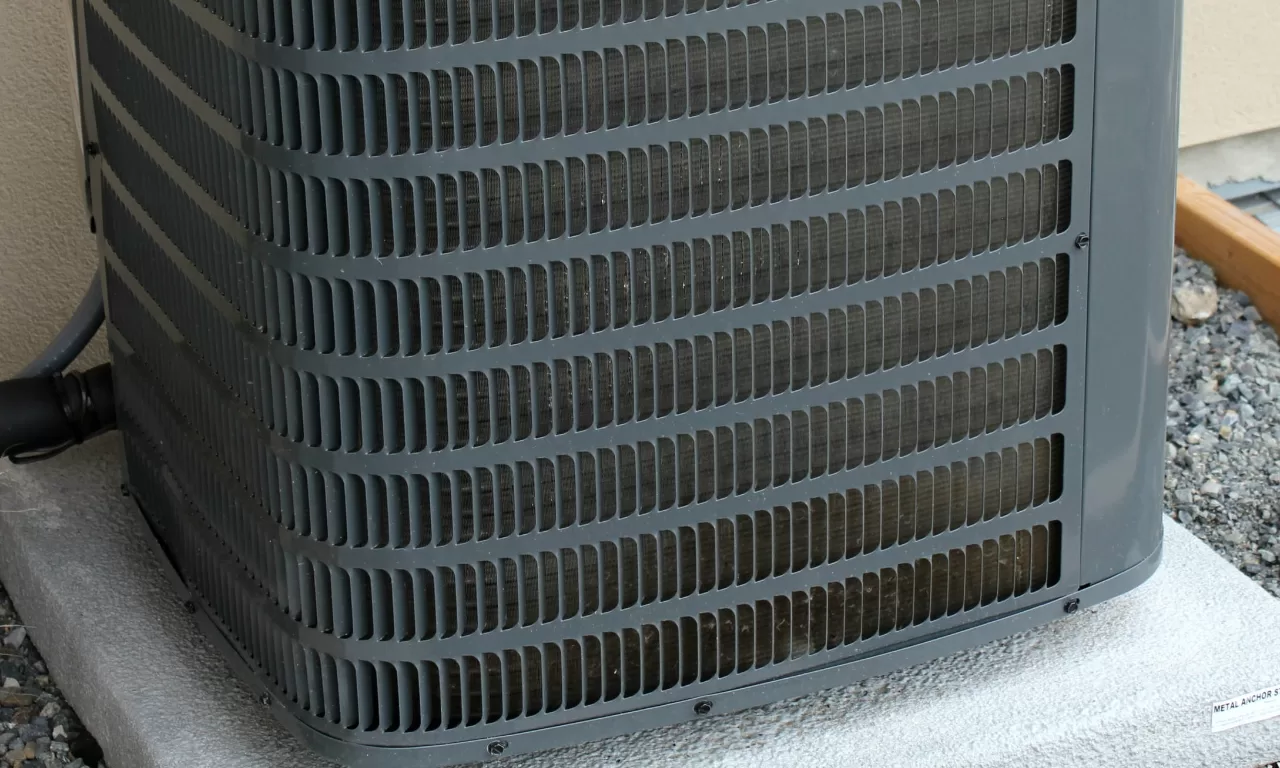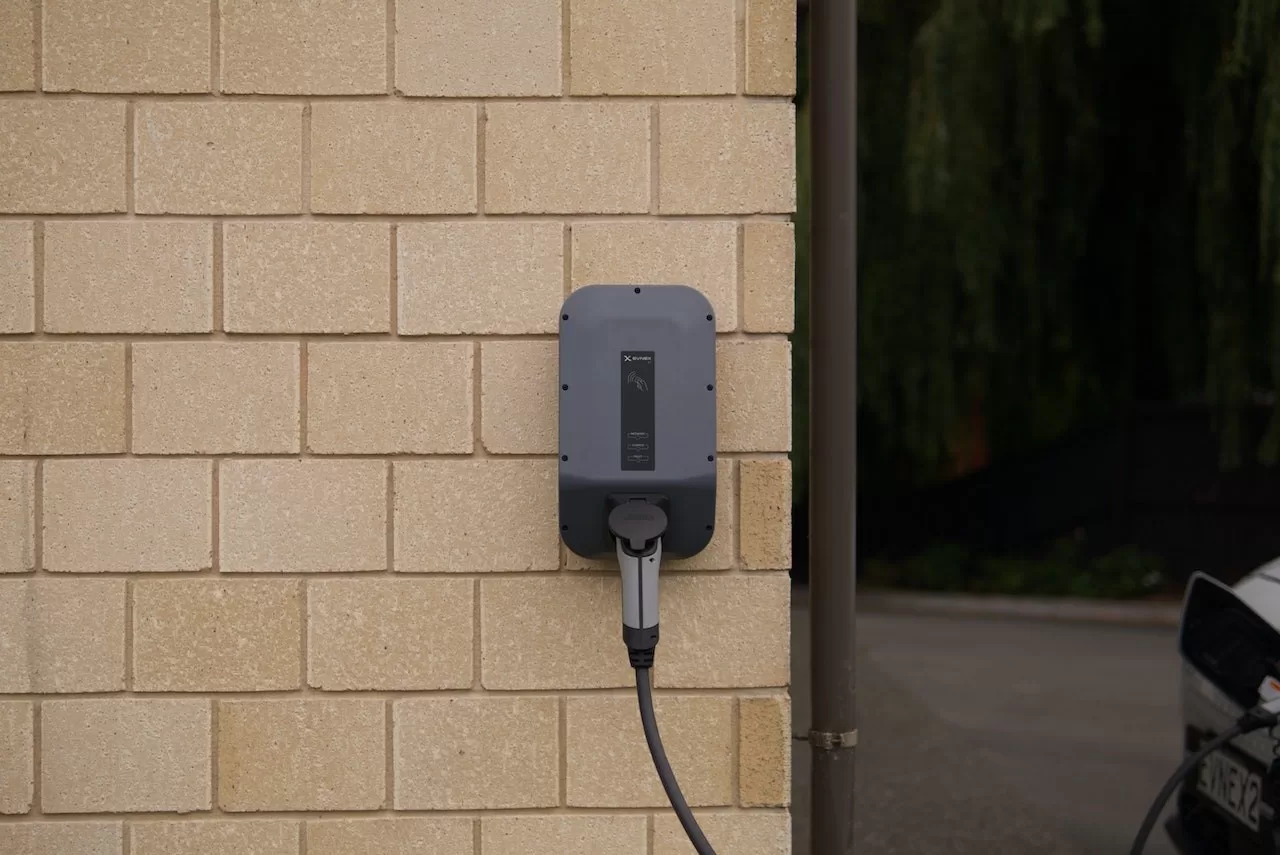When it comes to ensuring the integrity of your home or building, a well-maintained roof plays a crucial role.

Over time, however, roofs can become worn, damaged, or start leaking, which raises the question – should you opt for reroofing or a complete roof replacement? Determining the appropriate choice requires careful consideration of several factors related to the age, leakage, and overall condition of the roof.
What is Reroofing?
Reroofing is a roofing method that involves adding a new layer of shingles on top of the existing roof.
This process is a cost-effective alternative to a complete roof replacement and is typically used for addressing minor issues or providing an additional protective layer to the roof.
Reroofing can extend the lifespan of the roof and is a quicker and less disruptive process compared to a full roof replacement.
However, it is important to note that reroofing may not be suitable for roofs with extensive damage or structural issues.
Let’s dive deeper into the details of reroofing and explore when it is a viable option for your roofing needs.
Advantages of Reroofing
One of the key decisions homeowners face when it comes to their roofs is whether to opt for a complete roof replacement or reroofing.
While a complete roof replacement may be necessary in some cases, re-roofing offers a range of advantages that make it an appealing choice for many homeowners.
In this article, we will explore the advantages of reroofing, including its cost-effectiveness, minimal labor and material usage, and the ability to quickly restore the roof.
Reroofing is often the more economical choice for homeowners who are looking to repair or renovate their roofs without breaking the bank.
Unlike complete roof replacements, which involve tearing off the existing roof deck and replacing it entirely, re-roofing allows homeowners to only replace portions of the roof that are damaged or worn.
By targeting specific areas of concern, homeowners can save significantly on labor costs and materials, resulting in substantial savings.
Alongside cost savings, reroofing also minimizes labor and material usage.
With complete roof replacements, roofing experts need to remove multiple layers of shingles and potentially the roof deck as well.
This process can be time-consuming and labor-intensive. In contrast, reroofing involves installing a new layer of shingles directly over the existing roof.
This significantly reduces the required labor, making the process more efficient and less disruptive to homeowners.
Another advantage of reroofing is the ability to quickly restore the roof. Roofing issues, such as worn shingles, signs of damage, or minor issues, can often be addressed through re-roofing.
Rather than waiting for extensive water damage or major structural damages to occur, homeowners can opt for reroofing as a preventive measure.
This proactive approach helps to maintain the integrity of the roof and prevent more costly and time-consuming repairs down the line.
Furthermore, reroofing offers homeowners the flexibility to choose from various roofing materials. Whether homeowners prefer asphalt shingles, metal roofing, or any other type of roofing material, re-roofing allows for customization.
This versatility is not always possible with complete roof replacements, which are often constrained by factors such as building codes, structural considerations, or compatibility issues.
Disadvantages of Reroofing
While reroofing offers a range of advantages, it may not always be the best choice for every roofing situation.
There are several disadvantages to consider when deciding whether to opt for re-roofing over a complete roof replacement.
Read Also :
One of the limitations of reroofing is the addition of extra layers of shingles. Over time, these layers can add significant weight to the roof.
This can put a strain on the underlying structure, especially if the roof deck is not in the best condition. Additionally, the added layers can trap heat and moisture, potentially leading to the development of mold or rot.
It is important to assess the condition of the roof deck and ensure it is strong enough to support the additional weight before considering reroofing.
Another disadvantage of reroofing is the potential for hidden problems to go unnoticed. When installing a new layer of shingles over an existing roof, it can be difficult to detect any underlying issues such as leaks or structural damage.
These issues may only become apparent years later when they have already caused significant damage to the roof and the home.
A comprehensive roof inspection is essential before deciding to reroof, as it can help to identify any hidden problems that may require a complete roof replacement instead.
It is important to note that reroofing is not advisable for metal roofs.
Metal roofing is designed to last for several decades, and adding layers of shingles can compromise its durability and potential energy efficiency benefits.
The weight of the extra layers of shingles can put unnecessary stress on the metal roof, leading to premature wear and potential leaks.
Therefore, it is recommended to consult with a roofing professional to determine the best course of action for metal roofs, which may often involve a complete roof replacement.
Lastly, while reroofing can be a cost-effective solution for certain roofing issues, it may not last as long as a complete roof replacement.
While the new layer of shingles may provide a temporary fix, the underlying roofing materials and structure may still deteriorate and require further attention in the near future.
This means that homeowners may end up having to invest in a complete roof replacement sooner than if they had initially chosen this option instead.
Therefore, the long-term value and return on investment of reroofing should be carefully evaluated.
What is Involved in a Roof Replacement?
A roof replacement is a significant undertaking that involves removing the existing roof and installing a completely new one.
It is often necessary when the current roof is beyond repair or has reached the end of its lifespan.
Roof replacements can be a costly project, but they offer peace of mind and ensure the long-term protection of the entire home.
In this article, we will explore what is involved in a roof replacement, including the steps, the materials used, and the benefits of choosing this option.
Advantages of Full Roof Replacement
One of the most significant advantages of a full roof replacement is the longevity it provides.
A properly installed and maintained roof can last up to 20 years or more, depending on the type of roofing material used.
This means that by opting for a full roof replacement, homeowners can enjoy the comfort of knowing that they won’t need to worry about additional repairs and expenses for a couple of decades.
Furthermore, a full roof replacement guarantees quality from the roof deck to the shingles.
This comprehensive approach ensures that any potential issues with the underlying structure or decking are addressed, providing a solid foundation for the new roofing materials.
In contrast, re-roofing may involve simply adding a new layer of shingles over the existing ones, which may not address any underlying structural damages or issues.
This can compromise the overall integrity and lifespan of the roof, potentially leading to costly repairs down the line.
Despite the advantages, it’s important to mention that a full roof replacement can come with a higher upfront cost compared to re-roofing.
However, the investment is justified by the long-term benefits and the peace of mind that comes with knowing you have a high-quality roof protecting your home.
Additionally, the type of roofing material chosen can also impact the cost. While asphalt shingles are commonly used due to their affordability, they do tend to have a shorter lifespan compared to other roofing options such as metal roofs.
Therefore, homeowners should consider the trade-off between cost and durability when making their decision.
The Cons of Completely Replacing the Roof
One of the main drawbacks of completely replacing the roof is the higher cost involved.
Unlike re-roofing, which only requires the addition of a new layer of shingles, a full roof replacement involves stripping off the existing roof down to the deck and installing an entirely new roofing system.
This process requires more materials and labor, driving up the overall cost significantly. In addition, the cost of a full roof replacement can vary depending on factors such as the size of the roof and the type of roofing material chosen.
Speaking of roofing materials, the choice of material can also impact the cost and lifespan of a new roof.
While asphalt shingles are commonly used due to their affordability, they tend to have a shorter lifespan compared to other options such as metal roofs.
Metal roofs, on the other hand, are more expensive upfront but can last significantly longer, potentially offsetting the higher initial cost with longer-term durability.
Homeowners should carefully consider their budget and the desired lifespan of their roof when choosing the type of roofing material for a full replacement.
Another important factor to consider when deciding whether to replace the entire roof is the condition of the roof deck.
The deck is the underlying structure of the roof that provides support and stability. Over time, the deck can develop issues such as rot or decay, especially if the roof has been subject to water damage.
By completely replacing the roof, homeowners have the opportunity to address these underlying deck issues and ensure a solid foundation for the new roof.
Neglecting such issues can lead to future roof failure and costly repairs.
In addition to the cost and deck issues, another con of completely replacing the roof is the time and labor required.
Unlike re-roofing, which can typically be completed in a shorter timeframe, a full roof replacement can take longer due to the extensive work involved.
This can disrupt the daily routine of homeowners and cause delays in the completion of the project.
Furthermore, a full roof replacement may require the use of special equipment and additional labor, adding to the overall cost and complexity of the project.
However, despite these cons, there are also several benefits to opting for a full roof replacement. By replacing the entire roof, homeowners can have the peace of mind that comes with knowing they have a high-quality and durable roofing system in place.
This protects against weather damage and ensures the long-term integrity of the home.
Additionally, by addressing any existing or potential issues with the roof deck, homeowners can prevent future costly repairs and extend the lifespan of the new roof.
How Do You Decide Between Reroofing and Roof Replacement?
When it comes to maintaining and improving your home, the roof is one of the most important elements to consider.
Over time, roofs can deteriorate and require attention to ensure the safety and structural integrity of the building.
When faced with roofing issues, homeowners are often confronted with the decision of whether to opt for reroofing or a complete roof replacement.
Both options have their pros and cons, and it is important to consider several factors before making a final decision.
One of the first steps in determining whether reroofing or roof replacement is the best choice is to assess the condition of the existing roof.
Signs of damage such as leaks, missing or worn shingles, and sagging areas should be thoroughly inspected. It is also essential to examine the roof deck, which is the structure beneath the roof covering that provides support.
Water damage can lead to rot or decay in the deck, compromising its integrity.
Additionally, the number of layers of shingles on the roof is a crucial factor to consider, as building codes often regulate the maximum number of layers allowed.
If your current roof already has multiple layers, a complete roof replacement may be necessary to comply with regulations and ensure the structural stability of the roof.
Cost is another important aspect to consider when deciding between reroofing and roof replacement.
Reroofing, which involves adding a new layer of shingles over the existing roof, is generally a more affordable option.
The process requires less labor and materials compared to a complete roof replacement, resulting in lower overall costs. However, it is crucial to note that reroofing is not always possible or recommended.
If the existing roof has extensive water damage or structural issues, reroofing may not be a viable solution. In such cases, a complete roof replacement becomes necessary, albeit at a higher cost.
In terms of return on investment, a complete roof replacement often provides greater long-term benefits.
By addressing any underlying issues with the roof deck and installing a new roofing system, homeowners can have peace of mind knowing that their roof is in optimal condition.
This enhances the protection of the home against weather damage and extends the lifespan of the roof. Furthermore, if you live in an area with harsh weather conditions or have experienced major water damage in the past, a complete roof replacement may be the best option to ensure the durability and integrity of the roof.
While initially more expensive, a roof replacement can potentially save you money in the long run by avoiding costly repairs and future roof failures.
In contrast, reroofing is considered a more affordable option, making it a popular choice for homeowners with minor issues or limited budgets.
However, it is important to note that reroofing is not suitable for all situations.
If the existing roof has extensive water damage, major structural issues, or has already exceeded the maximum number of allowed layers, reroofing is not recommended.
In such cases, investing in a complete roof replacement is the more prudent choice. By addressing these underlying issues, you can avoid future costly repairs and ensure the longevity of your roof.
Ultimately, the decision between reroofing and roof replacement depends on various factors such as the condition of the existing roof, the extent of damage, and your budget.
It is recommended to consult with a professional roofing contractor to assess your roof and discuss the available options.
These experts can provide valuable insights and guidance based on their knowledge and experience.
They can also help you choose the right type of roofing material based on your needs and preferences, taking into account factors such as durability, lifespan, and cost.
In conclusion, when faced with the decision of reroofing versus roof replacement, it is important to evaluate the condition of the existing roof and consider factors such as signs of damage, water damage, and the number of layers of shingles.
While reroofing is a more affordable option, it is not suitable for all situations and can be limited in terms of maximizing the lifespan of your roof.
On the other hand, a complete roof replacement provides long-term benefits and peace of mind, although it comes with a higher upfront cost.
Consulting with a professional roofing contractor can help you make an informed decision and ensure the best solution for your home.









